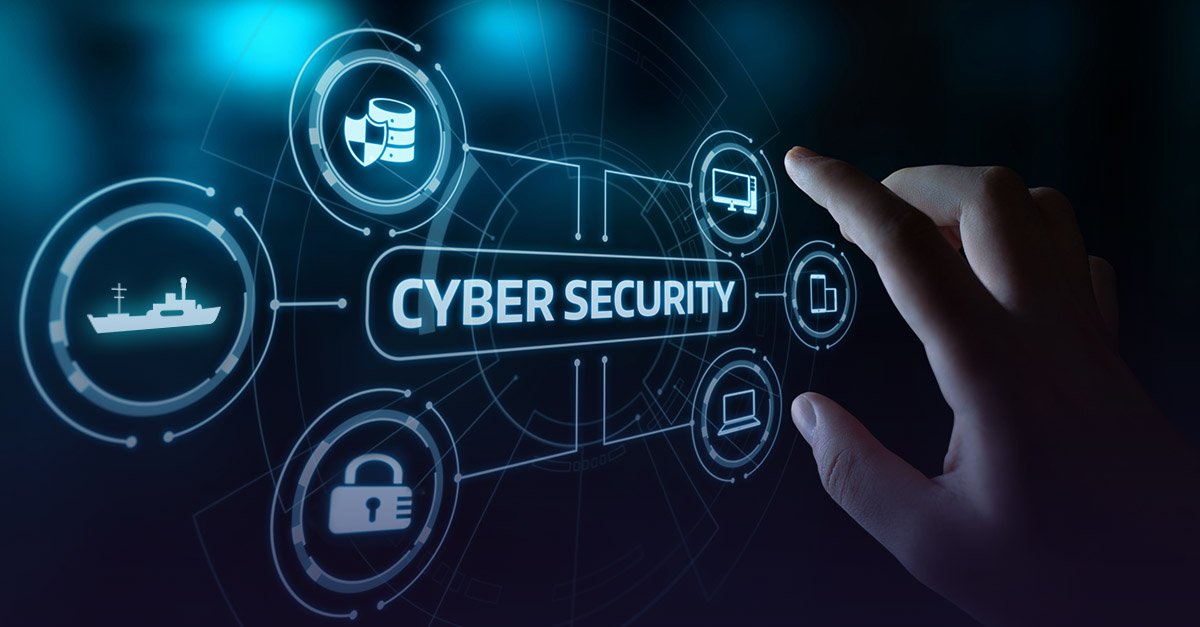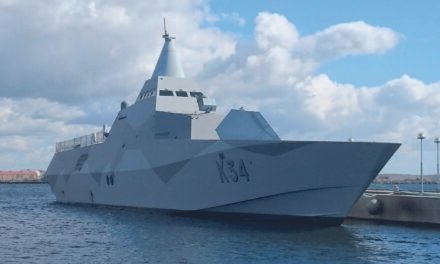Cyber defense systems play a critical role in protecting naval networks and communication lines from cyberattacks, ensuring the secure and uninterrupted operation of naval forces. These systems defend against espionage, sabotage, and operational disruption in increasingly interconnected and digitized naval environments. Here’s how cyber defense systems protect naval networks:
1. Securing Communication Lines
A. Encryption
- Role: Protect sensitive information exchanged over naval communication networks.
- How It Works:
- Data is encrypted using advanced algorithms, making it unreadable without proper decryption keys.
- End-to-end encryption secures data from the point of origin to the intended recipient.
- Example:
- Secure military communication protocols like HAVE QUICK for anti-jamming and encrypted transmissions.
B. Frequency Hopping
- Role: Prevent jamming and eavesdropping on naval communication lines.
- How It Works:
- Communication signals rapidly change frequencies according to a predefined pattern, making interception difficult.
- Example:
- Used in satellite communications and ship-to-ship or ship-to-air communications.
C. Redundant Communication Systems
- Role: Ensure uninterrupted communication even if primary channels are compromised.
- How It Works:
- Alternate pathways, such as satellite, radio, and undersea cables, are used as backups.
- Example:
- MILSATCOM (Military Satellite Communications) provides secure and redundant channels.
2. Protecting Naval Networks
A. Firewalls
- Role: Act as the first line of defense against unauthorized access.
- How It Works:
- Monitors and controls incoming and outgoing traffic based on predefined security rules.
- Example:
- Firewalls in naval command centers block malicious traffic attempting to breach networks.
B. Intrusion Detection and Prevention Systems (IDPS)
- Role: Detect and block unauthorized activities or breaches in real time.
- How It Works:
- Intrusion Detection: Monitors network traffic for suspicious activity.
- Intrusion Prevention: Takes immediate action to block identified threats.
- Example:
- Snort IDS: An open-source system used in various military applications.
C. Network Segmentation
- Role: Isolate critical systems to prevent lateral movement of malware.
- How It Works:
- Different parts of the naval network are segregated into secure zones, limiting access and damage from intrusions.
- Example:
- Separating mission-critical systems from general-purpose IT networks on ships.
3. Cybersecurity Measures for Naval Operations
A. Endpoint Protection
- Role: Secure devices such as computers, tablets, and onboard systems from cyber threats.
- How It Works:
- Employs antivirus software, firewalls, and behavior-based detection.
- Example:
- Protects systems on naval vessels against malware and ransomware attacks.
B. Secure Access Controls
- Role: Limit access to sensitive systems and data to authorized personnel only.
- How It Works:
- Multi-factor authentication (MFA) and role-based access controls (RBAC) restrict system access.
- Example:
- Access to ship navigation systems or weapon control systems is tightly regulated.
C. Real-Time Monitoring
- Role: Provide situational awareness of network activity.
- How It Works:
- Security Operation Centers (SOCs) monitor naval networks around the clock for anomalies.
- Example:
- Use of Security Information and Event Management (SIEM) tools to detect and respond to threats in real-time.
4. Protecting Undersea Communication Cables
- Role: Safeguard global data flow and naval communication lines from physical and cyber threats.
- Measures:
- Physical Security: Monitoring undersea cables for tampering or sabotage using autonomous underwater vehicles (AUVs).
- Data Encryption: Encrypting data transmitted through undersea cables to prevent interception.
- Monitoring Systems: Use of sensor arrays to detect disturbances or breaches.
5. Mitigating Cyber Threats to Naval Vessels
A. Anti-Jamming Technologies
- Role: Prevent disruption of radar, GPS, and communication systems.
- How It Works:
- Filters and suppresses jamming signals while maintaining operational signals.
- Example:
- Anti-jamming systems for GPS ensure navigational accuracy.
B. Anti-Spoofing Measures
- Role: Detect and mitigate attempts to deceive naval systems with false data.
- How It Works:
- AI algorithms identify anomalies in data patterns and reject counterfeit signals.
- Example:
- Preventing GPS spoofing to misdirect naval vessels.
6. AI and Machine Learning in Naval Cyber Defense
A. Threat Detection
- AI analyzes large volumes of network data to detect unusual patterns and potential threats.
- Example: Identifying advanced persistent threats (APTs) targeting naval command systems.
B. Automated Response
- AI-powered systems can respond to attacks faster than human operators, reducing potential damage.
- Example: Isolating infected systems to prevent malware spread.
C. Predictive Analytics
- Machine learning models predict potential vulnerabilities and recommend proactive measures.
7. Cybersecurity Training and Awareness
A. Personnel Training
- Regular training programs for naval personnel to recognize phishing attempts, social engineering, and insider threats.
B. Simulated Cyber Attacks
- Conducting drills to test the resilience of naval networks and improve response protocols.
- Example: Red Team/Blue Team exercises simulate real-world cyberattacks.
8. International Collaboration and Standards
A. Sharing Threat Intelligence
- Navies collaborate to share intelligence on emerging cyber threats and vulnerabilities.
- Example: NATO’s Cyber Defence Pledge enhances collective cybersecurity capabilities.
B. Standardized Protocols
- International agreements ensure interoperable and secure naval communication systems.
- Example: STANAG (Standardization Agreement) for secure communications among NATO allies.
9. Challenges in Naval Cyber Defense
A. Increasing Attack Surface
- The growing use of digital systems and interconnected platforms increases vulnerabilities.
B. Sophisticated Adversaries
- State-sponsored actors employ advanced tactics, such as zero-day exploits and cyber espionage.
C. Legacy Systems
- Older naval platforms often lack modern cybersecurity features, making them susceptible to attacks.
10. Future Trends in Naval Cyber Defense
A. Quantum Encryption
- Leveraging quantum key distribution for unbreakable encryption.
B. Cyber-Resilient Systems
- Designing systems that continue to operate effectively even under cyberattacks.
C. Integrated Cyber-Physical Security
- Combining cyber defenses with physical security measures for holistic protection.
Conclusion
Cyber defense systems are indispensable in safeguarding naval networks and communication lines from an evolving array of cyber threats. By employing advanced encryption, real-time monitoring, AI-driven analytics, and international collaboration, modern navies ensure the security and resilience of their digital infrastructure. As threats become more sophisticated, continual innovation in cyber defense will be critical to maintaining naval superiority and operational effectiveness.
Hashtags
#NavalCyberDefense #CyberSecurityAtSea #NavalNetworkProtection #CyberSecureNavy #MaritimeCyberSecurity #CommunicationLineSecurity #SecureNavalComms #EncryptedNavalNetworks #DefenseCommsSecurity #CyberSafeCommunication #ProtectedNavalLines #ThreatDetectionAndMitigation #CyberThreatDetection #ThreatNeutralizationTech #NavalCyberResilience #DefenseAgainstCyberAttacks #CyberDefenseSystems #AIInCyberDefense #SmartNavalCyberSystems #NextGenCyberTech #AdvancedCyberProtection #DigitalNavySecurity #IntegratedCyberDefense #MultiDomainNavalSecurity #SmartNavalDefenseSystems #CyberEnhancedNavalTech #AlliedCyberDefense #GlobalNavalCyberProtection #CollaborativeCyberDefense













